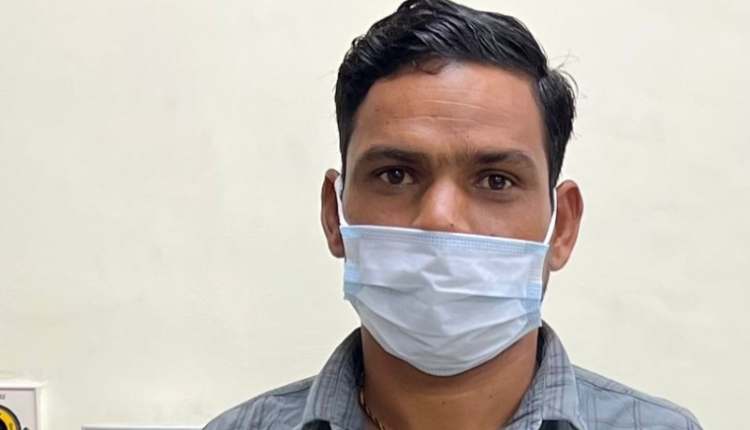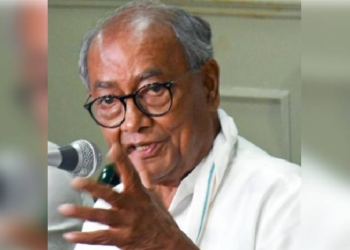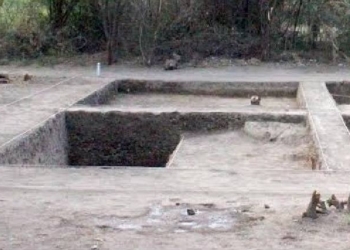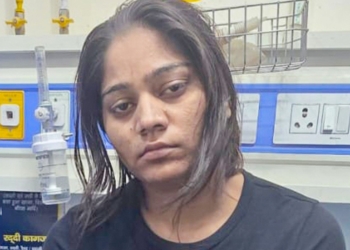New Delhi: A 30-year-old man has been given a new lease of life after doctors here removed a large tumour sized 6.5 cm from his food pipe (oesophagus) through endoscopy.
“To the best of our knowledge, this was one of the largest tumours removed endoscopically in India,” said doctors at the Sir Ganga Ram Hospital in a statement.
The patient was admitted to the hospital with difficulty in swallowing. On investigations doctors saw a large tumour bulging into his food pipe.
“We removed a large submucosal tumour (6.5 cm in size) from the food pipe (oesophageal leiomyoma — a tumour arising from the muscular layer of oesophagus and protruding into the lumen causing dysphagia) in a 30-year-old male patient. The procedure is known as submucosal tunnelling and endoscopic resection (STER),” said Prof. Anil Arora, Chairman, Institute of Liver Gastroenterology & Pancreatico Biliary Sciences at the Hospital, in the statement.
“These types of large tumours are traditionally removed by surgery which has far more morbidity, is more expansive and is associated with longer hospital stay,” he added.
Further, the doctors explained that generally oesophageal tumours are oval shaped and up to 3 cm in size, but the one removed was “irregular pear shaped”.
“Endoscopic removal of large tumours is a challenging task. Irregular shape makes it more difficult to separate the tumour from all layers of the food pipe,” Prof. Arora said.
“Another challenge was the sheer size of the tumour as it created hurdles not only in mobilising it out of submucosal tunnel into oesophageal lumen but also in getting it out from oesophagus via throat and mouth. Fortunately a wide range of accessories and endoscopic instruments helped us in successful completion of the procedure without any complications,” added Dr Shivam Khare, Consultant, Department of Gastroenterology at the hospital.
Recent developments in the field of therapeutic endoscopy have opened the doors of a new world of minimal invasive, incision less, nonsurgical treatment for various tumours lying within the lumen and the wall of the gastrointestinal tract.
With the availability of high tech endoscopy equipment, providing high resolution real time visualisation of inner cavities and walls of oesophagus (food pipe), stomach and intestine, now, it is, not only possible, to diagnose cancer in the early stage of their development, but also to carry out a possible curative treatment by deft endoscopic manoeuvers, using advance endoscopic machines and instruments.
(IANS)















